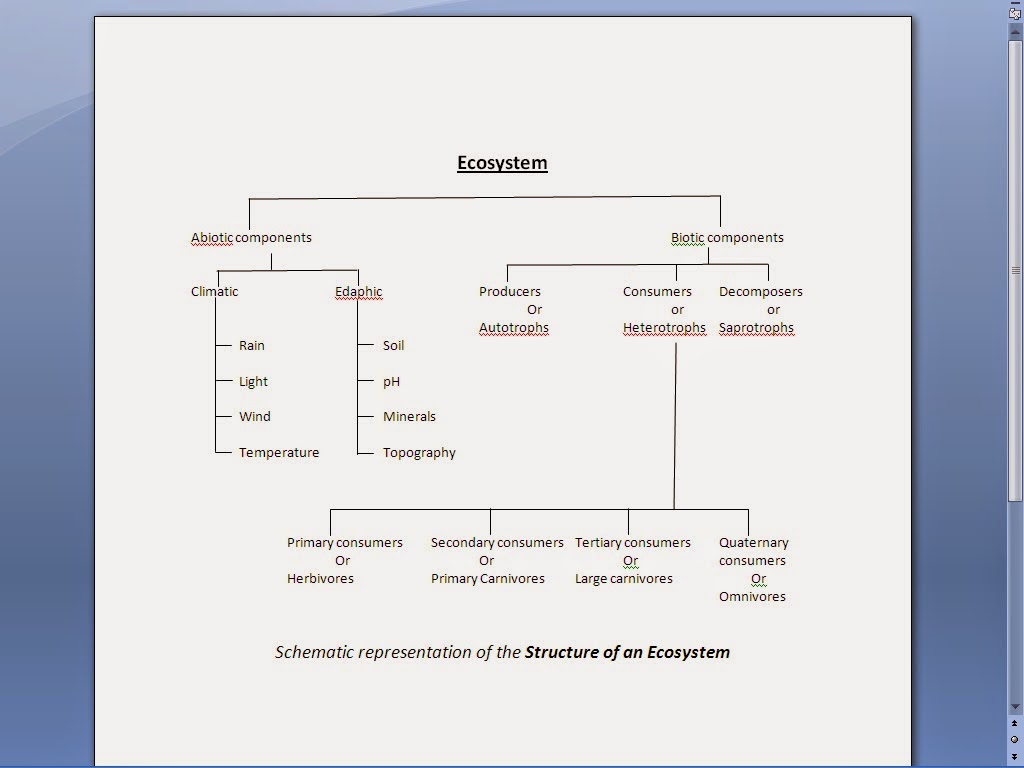Rain Water Harvesting (RWH) is the process of collecting, conveying & storing water from rainfall.
The following methodologies are adopted for rain water harvesting:
Rainwater Harvesting helps in the following ways:
Broadly there are two ways of harvesting rainwater:
Rooftops are favoured becauseof the large coefficient of run-offgenerated from them andrelatively less likelihood of theircontamination.
The water that leaves the rooftop may be 65 – 90% of the water that falls on it Roof material absorbs some water Evaporation losses More water loss if roof is flat
the water transported from the catchment surface to the storage tank
THE COMPONENTS OF ROOFTOP RAINWATER HARVESTING
FILTER AND FIRST FLUSH DEVICES remove grit, leaves and dirt that the rainwater may transport from the catchment, before the water enters the storage tank.
A first flush device diverts the water from the first rain so that it does not enter the storage tank.
A filter can be prepared using gravel sand, charcoal and gravel.
The first rain carries with it a lot of filth from the rooftop and dissolved air pollutants. This rainwater should be diverted away from the storage tank using a first flush device.
DELIVERY SYSTEM that convey the store drain water till the point of end-use. It is not recommended to use harvested rainwater for drinking, cooking and dish washing
From the simplest ground level tank, surface lined ponds and large lakes there are many storage options depending on the context of the rainwater harvesting design.
Above ground, Ground level or Intermediate floor level Save on pumping cost
Excess water can be diverted into a groundwater recharge system
Water obtained from RWH can be:
The following methodologies are adopted for rain water harvesting:
- Roof Rain Water Harvesting
- Land based Rain Water Harvesting
- Watershed based Rain Water harvesting
- For Urban & Industrial Environment
- Roof & Land based RWH
- Public, Private, Office & Industrial buildings
- Pavements, Lawns, Gardens & other open spaces
- It provides self-sufficiency to water supply
- It Reduces the cost for pumping of ground water
- It Provides high quality water, soft and low in minerals
- It Improves the quality of ground water through dilution when recharged
- It Reduces soil erosion & flooding in urban areas
- The rooftop rain water harvesting is less expensive &easy to construct, operate and maintain
- In deserts, RWH the only relief
- In saline or coastal areas & Islands, rain waterprovides good quality water
Rainwater Harvesting helps in the following ways:
- It helps arrest ground water decline and augments groundwater table.
- It improves water quality in aquifers
- It helps conserve surface water runoff during monsoon
- It helps reduce soil erosion
- It instills a culture of water conservation.
Broadly there are two ways of harvesting rainwater:
- Surface runoff harvesting :- In urban area rainwater flows away as surface runoff. This runoff could be caught and used for recharging aquifers by adopting appropriate methods
- Roof top rainwater harvesting:- It is a system of catching rainwater where it falls. In rooftop harvesting,the roof becomes the catchments, and the rainwater is collected from the roof of the house/building. It can either be stored in a tank or diverted to artificial recharge system.This method is less expensive and very effective and ifimplemented properly helps in augmenting the groundwater level of the area
Rooftops are favoured becauseof the large coefficient of run-offgenerated from them andrelatively less likelihood of theircontamination.
The water that leaves the rooftop may be 65 – 90% of the water that falls on it Roof material absorbs some water Evaporation losses More water loss if roof is flat
the water transported from the catchment surface to the storage tank
THE COMPONENTS OF ROOFTOP RAINWATER HARVESTING
FILTER AND FIRST FLUSH DEVICES remove grit, leaves and dirt that the rainwater may transport from the catchment, before the water enters the storage tank.
A first flush device diverts the water from the first rain so that it does not enter the storage tank.
A filter can be prepared using gravel sand, charcoal and gravel.
The first rain carries with it a lot of filth from the rooftop and dissolved air pollutants. This rainwater should be diverted away from the storage tank using a first flush device.
DELIVERY SYSTEM that convey the store drain water till the point of end-use. It is not recommended to use harvested rainwater for drinking, cooking and dish washing
From the simplest ground level tank, surface lined ponds and large lakes there are many storage options depending on the context of the rainwater harvesting design.
Above ground, Ground level or Intermediate floor level Save on pumping cost
Excess water can be diverted into a groundwater recharge system
Water obtained from RWH can be:
- Stored for direct use
- Used to recharge ground water aquifers
- Used to recharge bore wells
- Used to recharge Pits
- Used to soak away or recharge shafts
- Used to recharge dug wells
- Used to recharge trenches
- Used as percolation tanks

